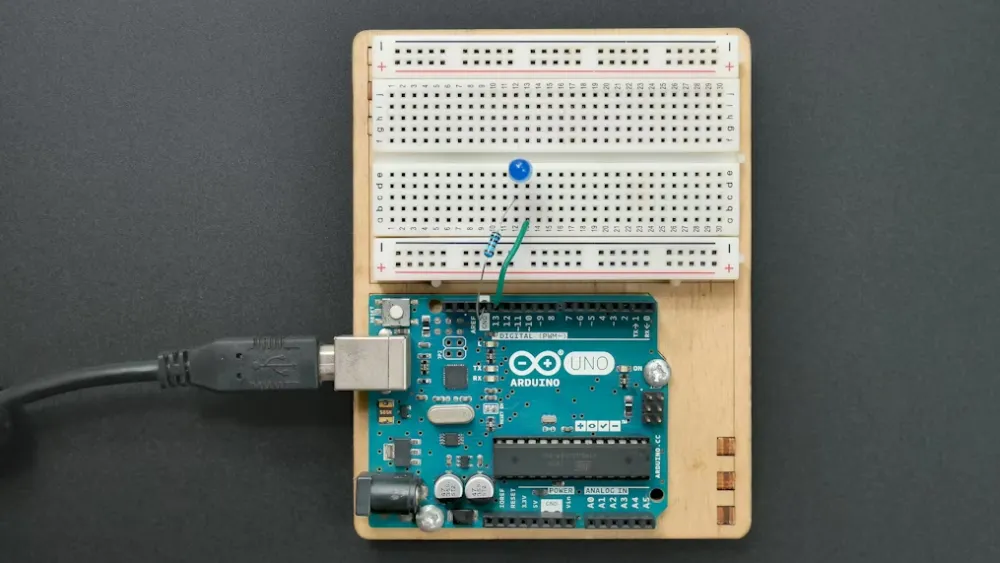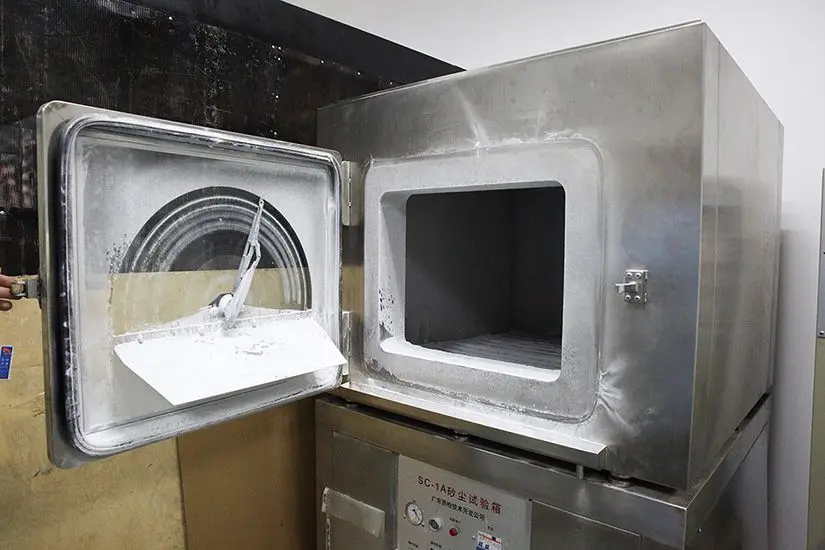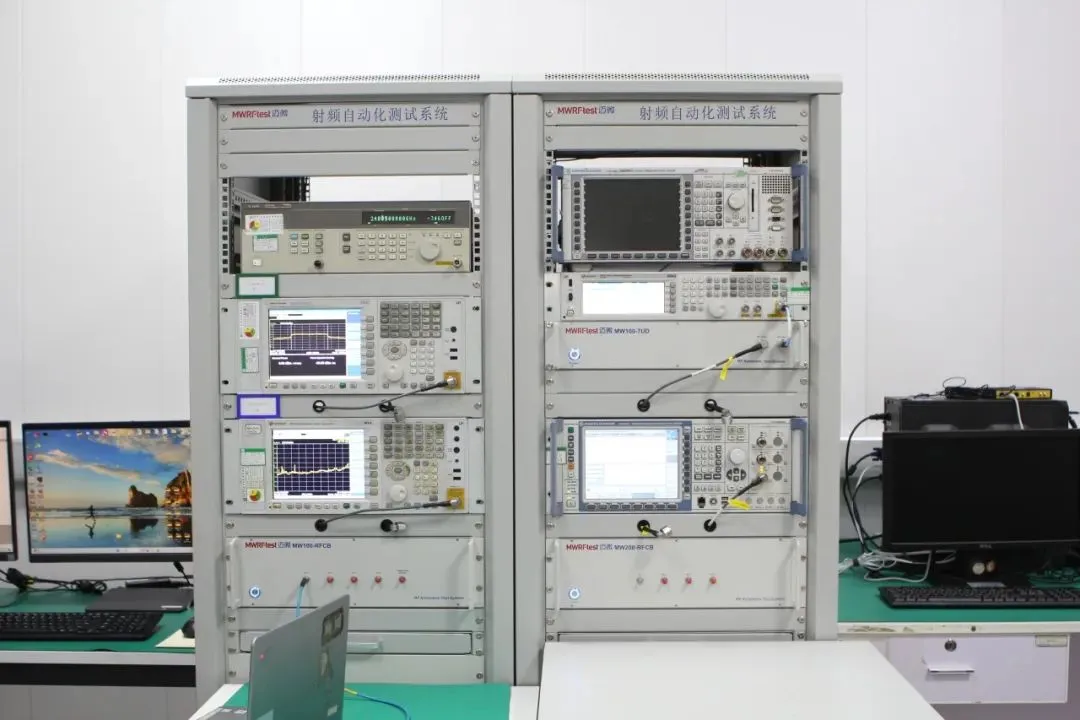
What is South America GMC/res no.03/92 Testing?
When food contact materials aim to enter the South American market, an unavoidable keyword is GMC/res no.03/92. As the “admission pass” for food contact materials in Mercosur, this standard is a core threshold for entering member countries such as Argentina, Brazil, and Uruguay.
What is GMC/res no.03/92?
The Mercosur (Southern Common Market) food contact materials standard GMC/res no.03/92is a foundational regULation coordinating food contact material safety in the region. It was issued by the Mercosur Group (GMC) in 1992 and is still currently in effect. Its core goal is to eliminate trade barriers among member countries (Argentina, Brazil, Paraguay, Uruguay) through unified technical specifications, ensuring that all materials and products in contact with food do not release harmful substances or alter the sensory properties of food under normal use conditions.

JJR Testing Items
1. Plastics
- Test Basis:GMC/res no.02/12, GMC/res no.39/19, GMC/res no.56/92
- Core Tests:
- Overall Migration Limit (OML)
- Specific Migration Limit (SML) for substances such as BISphenol A (BPA), heavy metals (Al, Co, etc.)
- Color migration
- Primary aromatic amines (PAA) special migration
- Phthalates special migration
2. Metals
- Test Basis:GMC/res no.46/06, 48/2023, GMC/res no.15/16, ASTM B117
- Core Tests:
- Heavy metal migration (Pb, Cd, Hg)
- Overall migration
- Salt spray test
- Heavy metal content (Pb, As, Cd, Hg, Sb)
- Composition analysis
- Color migration
3. Glass & CeraMICs
- Test Basis:GMC/res no.55/92
- Core Tests:
- Overall migration
- Heavy metal leaching (Pb, Cd)
4. Rubber & Elastomers (e.g., seals, silicone products)
- Test Basis:GMC/res no.54/97
- Core Tests:
- Overall migration
- Specific migration substances (N-nitrosamines, aromatic amines special migration)
JJR Testing Equipment
- Fourier Transform InfraRED Spectrometer (FTIR):
Identifies material types of plastics, rubber, and silicone (e.g., PP, PE, food-grade silicone) via infrared spectral features, helping confirm basic material compliance.
- Inductively Coupled Plasma Optical Emission Spectrometer (ICP-OES):
Measures total heavy metals in materials (e.g., total lead in plastics or ceramics). High-frequency plasma excites element emission spectra for quantitative analysis with ppm-level precision.
- Metal Composition Analysis:
Infrared carbon-sulfur analyzer and electronic balance match standards for low-content elements (e.g., 0.001% C or S). Combined with ICP-OES for simultaneous analysis of alloy elements like Al and Ni.
- Gas Chromatography-Mass Spectrometry (GC-MS):
Precisely identifies and quantifies low-boiling, heat-stable organic compounds. Especially suitable for detecting trace toxic organic migrants in food contact materials. GMC/res no.03/92 standards often set strict migration limits (mg/kg or even μg/kg), and GC-MS sensitivity (ppb-level detection) meets these requirements.
- UV-Visible Spectrophotometer (UV-Vis):
Assists in detecting migrated colorants by absorbance, quantifying colorant migration through standard curves (e.g., synthetic colorants ≤ 0.1 mg/kg).
Email:hello@jjrlab.com
Write your message here and send it to us
 Energy Storage Battery Brazil Inmetro Certificatio
Energy Storage Battery Brazil Inmetro Certificatio
 Southeast Asia Compliance Requirements for EV Char
Southeast Asia Compliance Requirements for EV Char
 Brazil ANATEL & INMETRO Certification Guide
Brazil ANATEL & INMETRO Certification Guide
 Automotive-Grade Active Crystal AEC-Q200 Certifica
Automotive-Grade Active Crystal AEC-Q200 Certifica
 How to Comply with EU GPSR
How to Comply with EU GPSR
 U.S Cosmetics Require FDA Registration for Customs
U.S Cosmetics Require FDA Registration for Customs
 Interpretation of IEC/EN/AS 62477-1:2022 Standard
Interpretation of IEC/EN/AS 62477-1:2022 Standard
 What is Amazon TIC and How Can Sellers Achieve Com
What is Amazon TIC and How Can Sellers Achieve Com
Leave us a message
24-hour online customer service at any time to respond, so that you worry!




